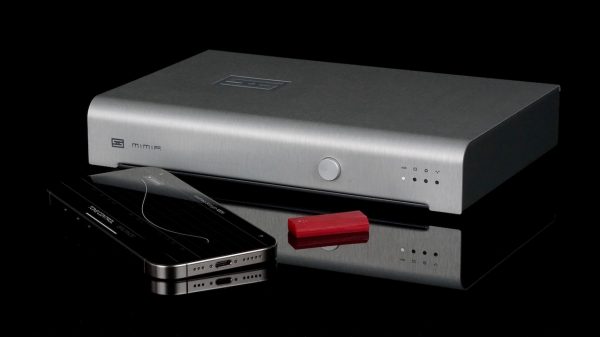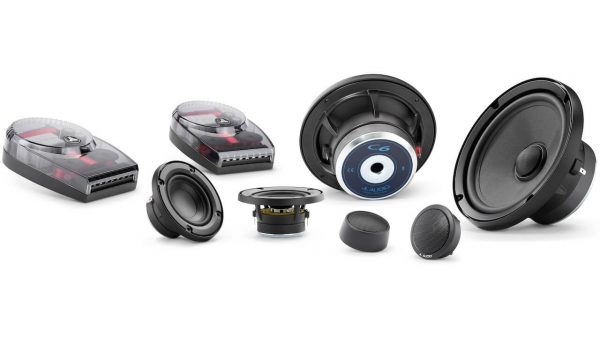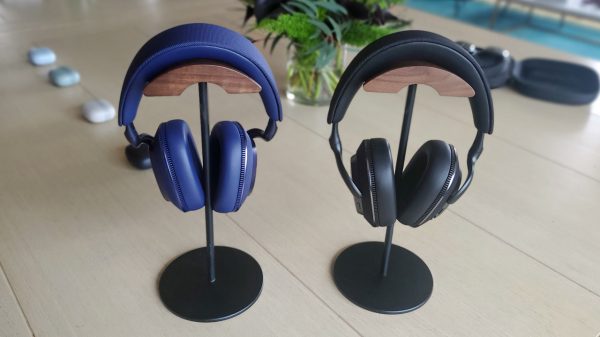New ASUS Notebooks Take Gaming to the Next Level With NVIDIA GeForce 9700M GT GPUs
Notebook gamers now have two new machines from ASUS armed with enough GPU firepower to play the latest generation of PC games. The new ASUS G71 and G50 gaming notebooks are powered by the NVIDIA GeForce 9700M GT graphics processing unit (GPU) that will let notebook gamers enjoy the latest games in all their glory, experiencing ultra-realistic graphics. Like all NVIDIA GPUs, the NVIDIA 9700M GT GPU goes beyond “just graphics” by delivering support for technologies such as NVIDIA PhysX™, video acceleration and image processing-advanced capabilities collectively known as “Graphics Plus™”.
“Designed for gamers from the inside out, the G Series gaming notebooks with GeForce GPUs represent the most innovative and best performing notebook PC solutions for gamers today,” says Tony Chen, General Manager of ASUS Notebook Business. “And with future driver updates, gamers using G Series notebook will experience one the biggest advancements in gaming in years-GPU-accelerated physics.”
The ASUS G71 laptop, designed for high-end notebook gaming, comes with a 17-inch screen and is configurable with up to 4GB of DDR2 800 MHz SDRAM memory; up to a terabyte of storage on the hard drive; and a range of Intel Core2 Duo and Quad Core CPUs.
The ASUS G50 combines the 32 core GeForce 9700M GT GPU with a mainstream Intel CPU to provide an optimized gaming notebook with a superb price to performance ratio, delivering excellent value to the consumer. The G50 machine features a 15.4 or 15.6-inch screen, a weight of only 6.2 lbs. for true portability, and an Intel Core 2 Duo CPU. Since today’s leading applications are more graphically-intensive than in the past, by opting for a lower-powered CPU and using the savings to outfit the G50 notebook with the high-powered GeForce 9700M GT GPU, ASUS is able to deliver increased performance at an aggressively affordable price point. The G50 notebook is available now starting at US$1,249 at Best Buy.
The GeForce 9M Series GPUs, with their parallel processing design and up to 112 cores, are ushering in a new generation of ultra-realistic games by being the first notebook GPUs to support PhysX technology. The world’s most pervasive physics engine, PhysX technology is being used by more than 25,000 developers worldwide and allows them to deliver in-game effects that mimic the real world, transforming gaming environments into cinematic feasts for the eyes. With PhysX technology, developers can incorporate effects such as rigid body dynamics, collision detection, and cloth simulation, dramatically changing the way the games are played and how the on-screen stories unfold, and accelerating those effects using the processing power of the GPU.
The advantages of a GeForce 9M Series GPU in notebooks don’t stop with games. Software developers are using CUDA™ technology to harness the architectural advantages of GPUs to speed up complex processing in commonly used, non-game applications. Tasks that used to take hours, like converting digital video for a portable video player, can now be performed in minutes. Other tasks such as high-resolution photo editing-where wait times interrupt the creative flow-can be done in real time on supported GeForce GPUs.
“ASUS is just the latest example of innovative PC manufacturers who have recognized that visual computing is one of the growth industries of the next decade,” says Rene Haas, general manager of notebook business at NVIDIA. “These two new notebooks from ASUS represent the range of possible configurations when you combine a GeForce GPU with PhysX and CUDA technologies, from high-end specialty machines to optimized PCs that deliver a lot of bang for the buck.”
The ASUS G71 and G50 notebooks are now available. Software drivers which support NVIDIA PhysX and CUDA technologies will be made available for download free of charge in the coming months. For more information on the new notebooks, please visit http://www.asus.com. For more information on NVIDIA GeForce GPUs or PhysX technology, please visit http://www.nvidia.com.
























